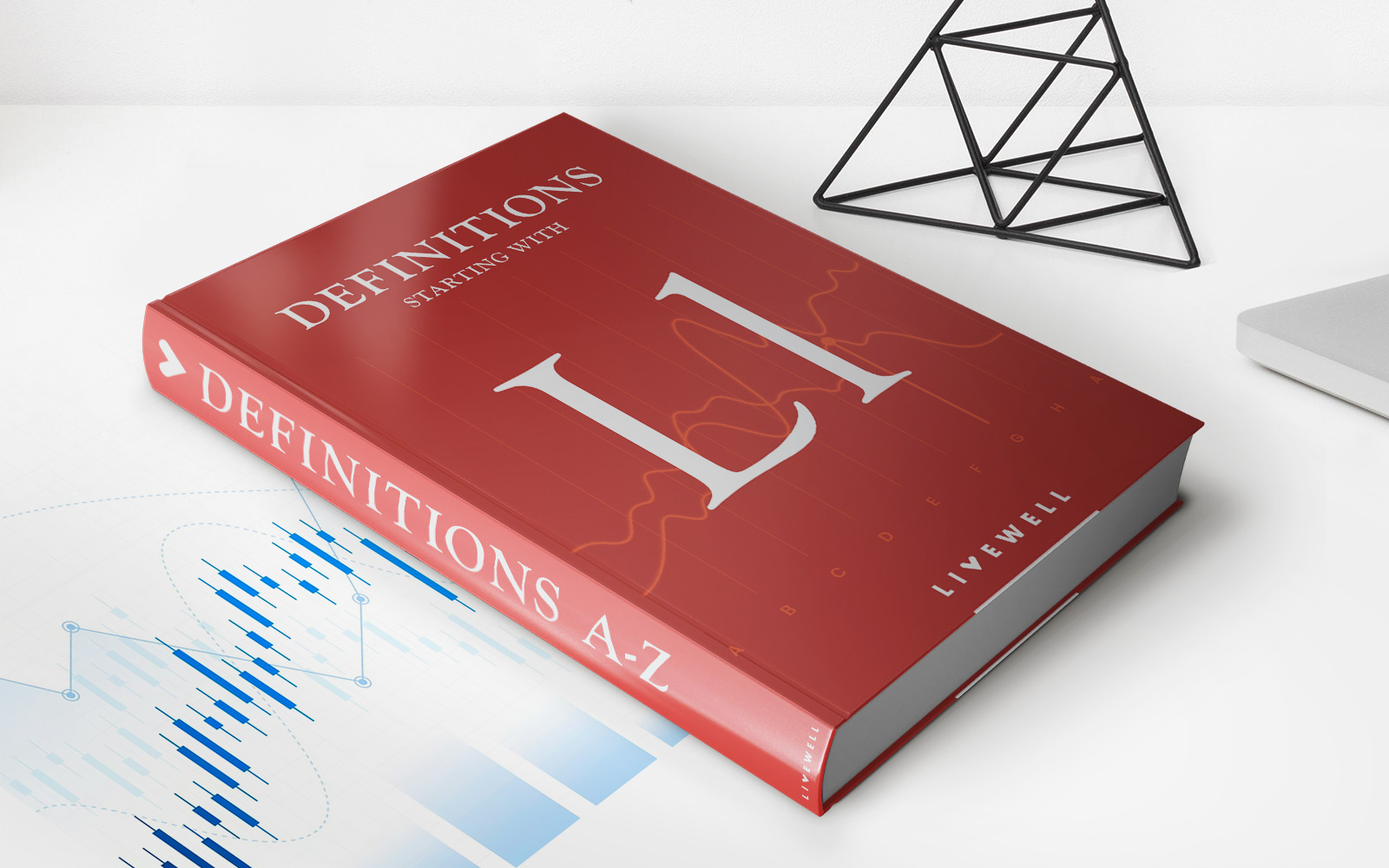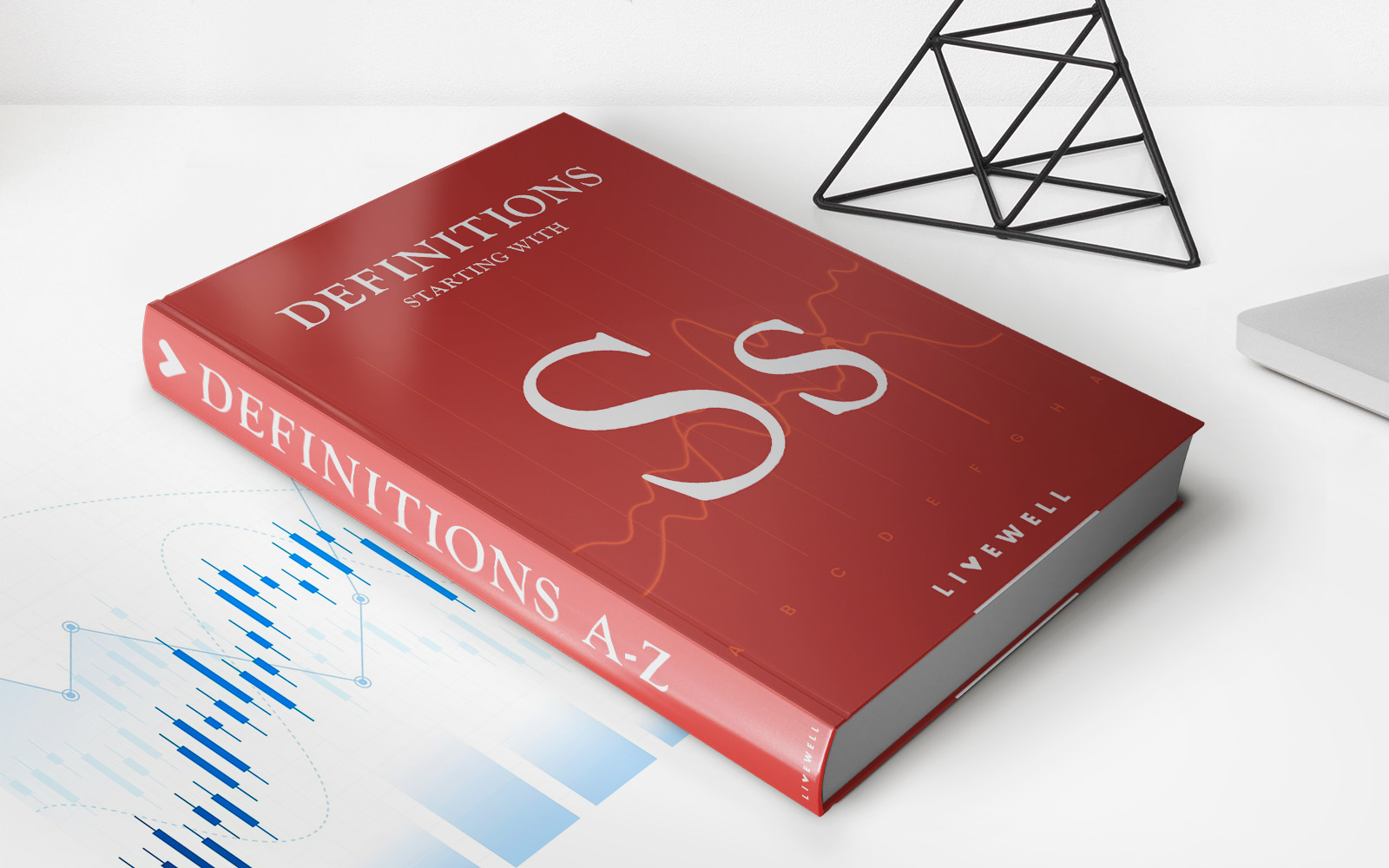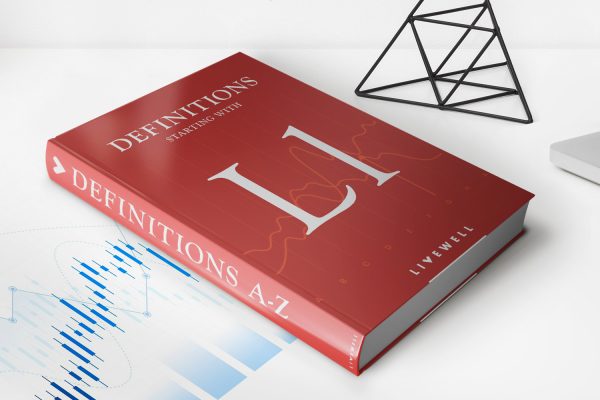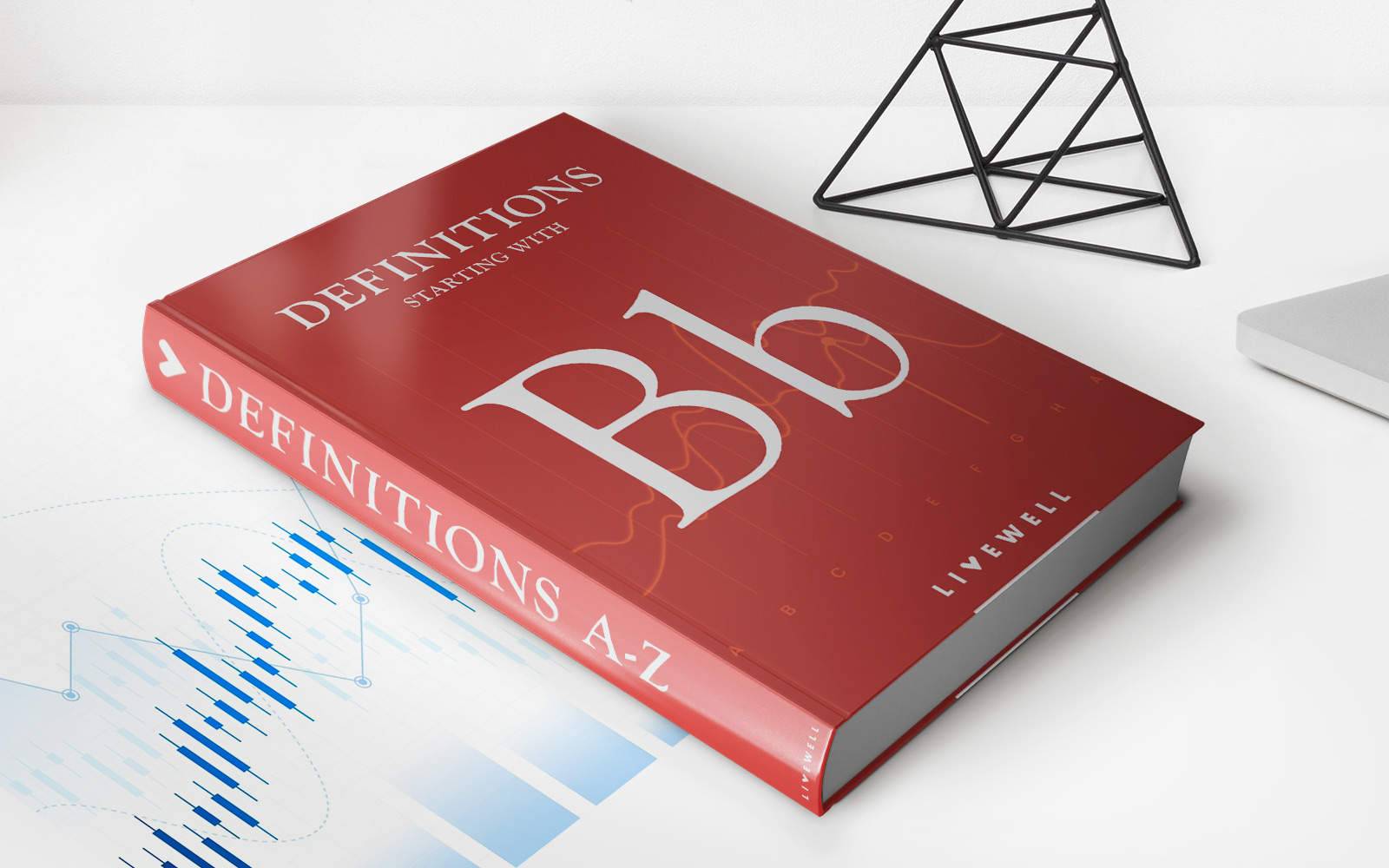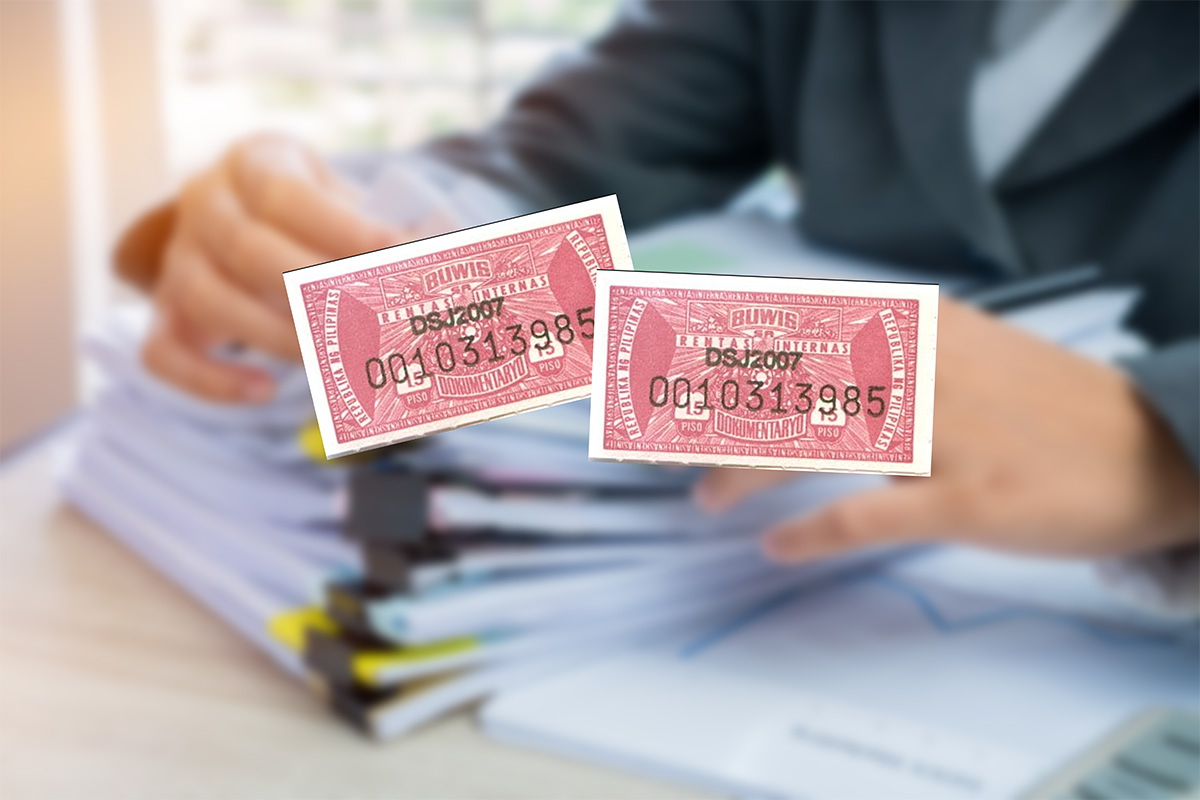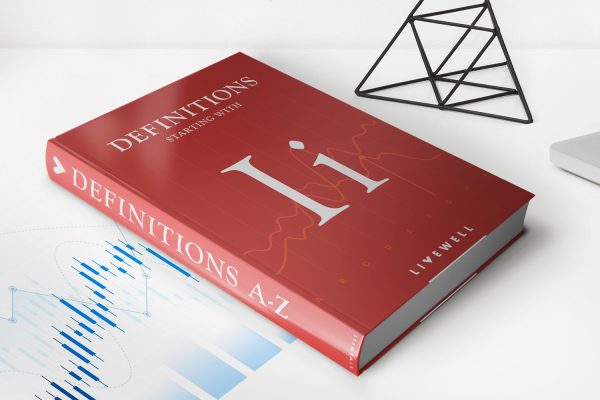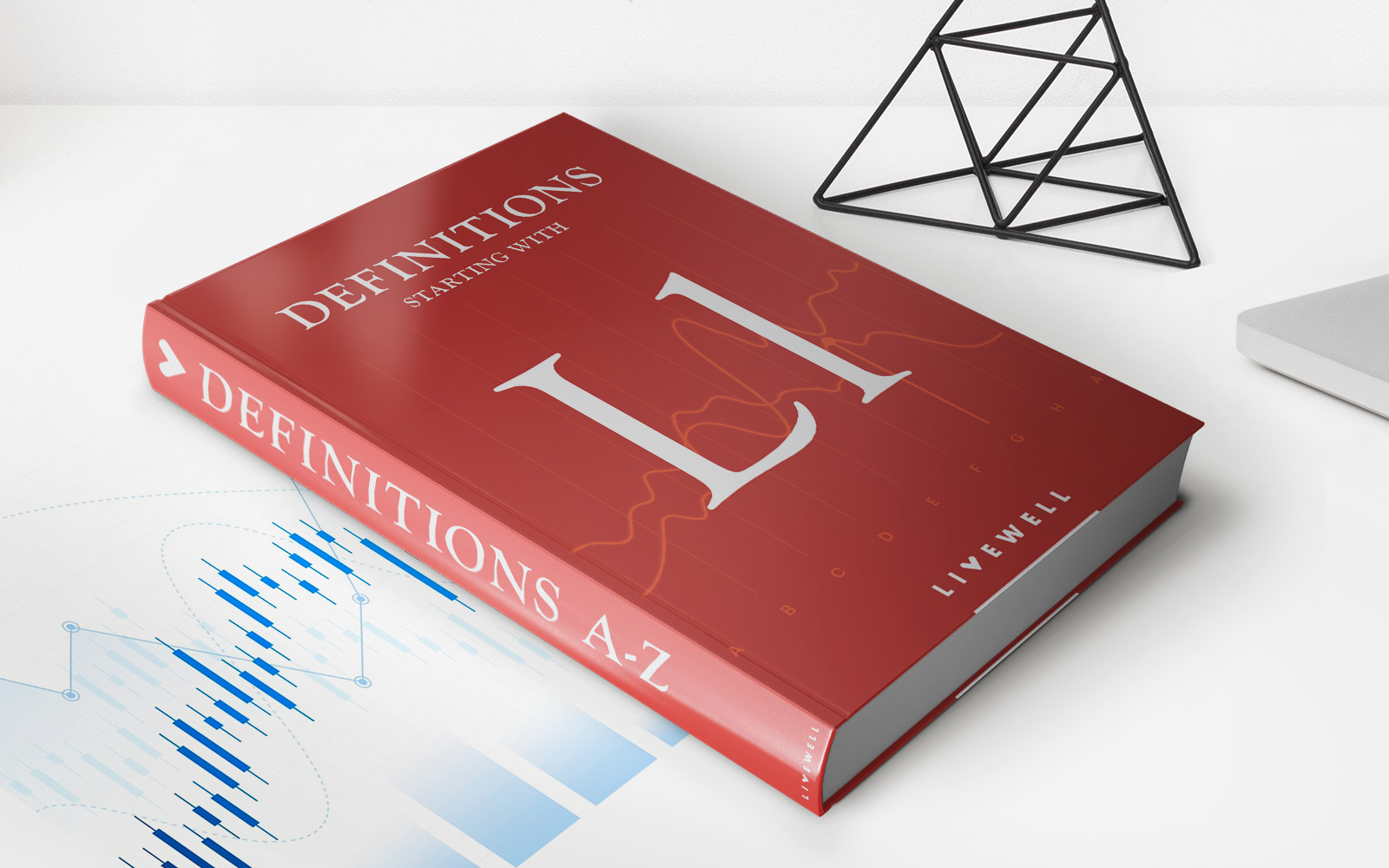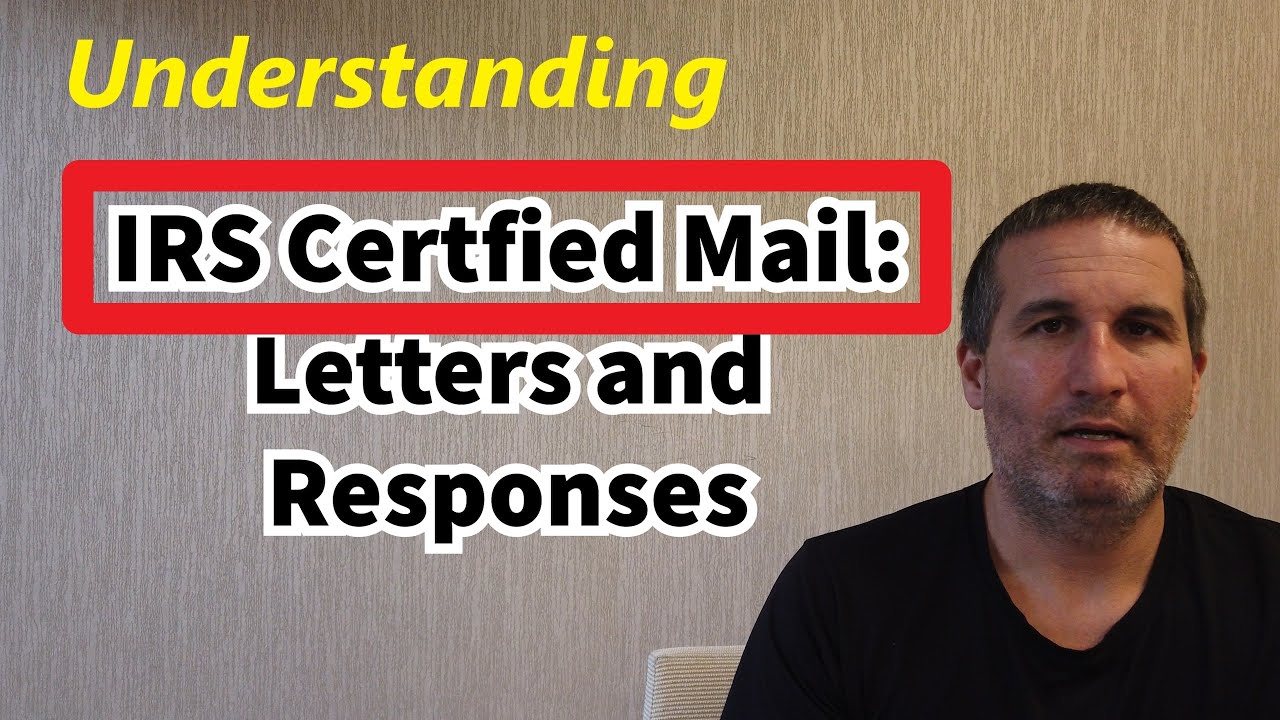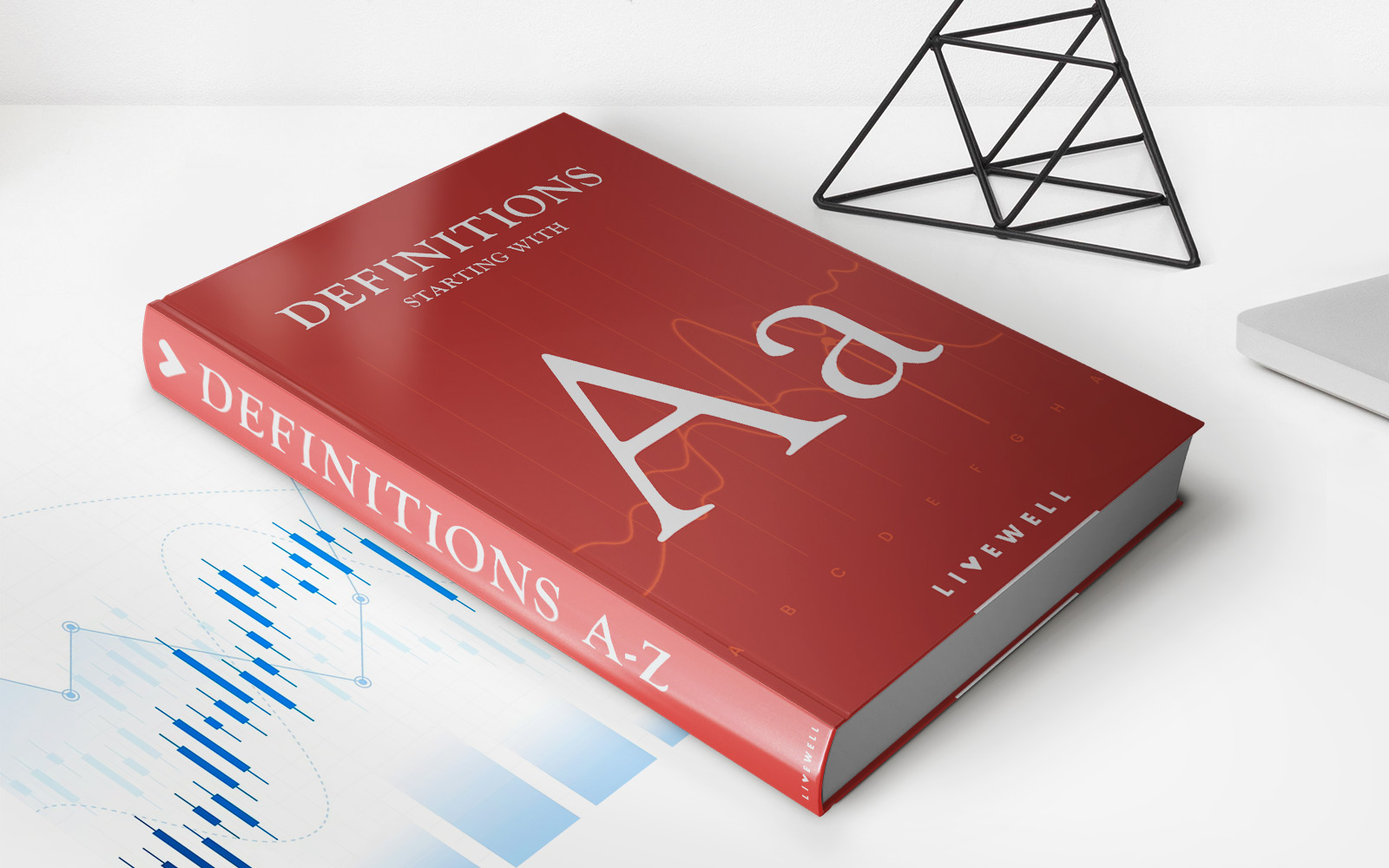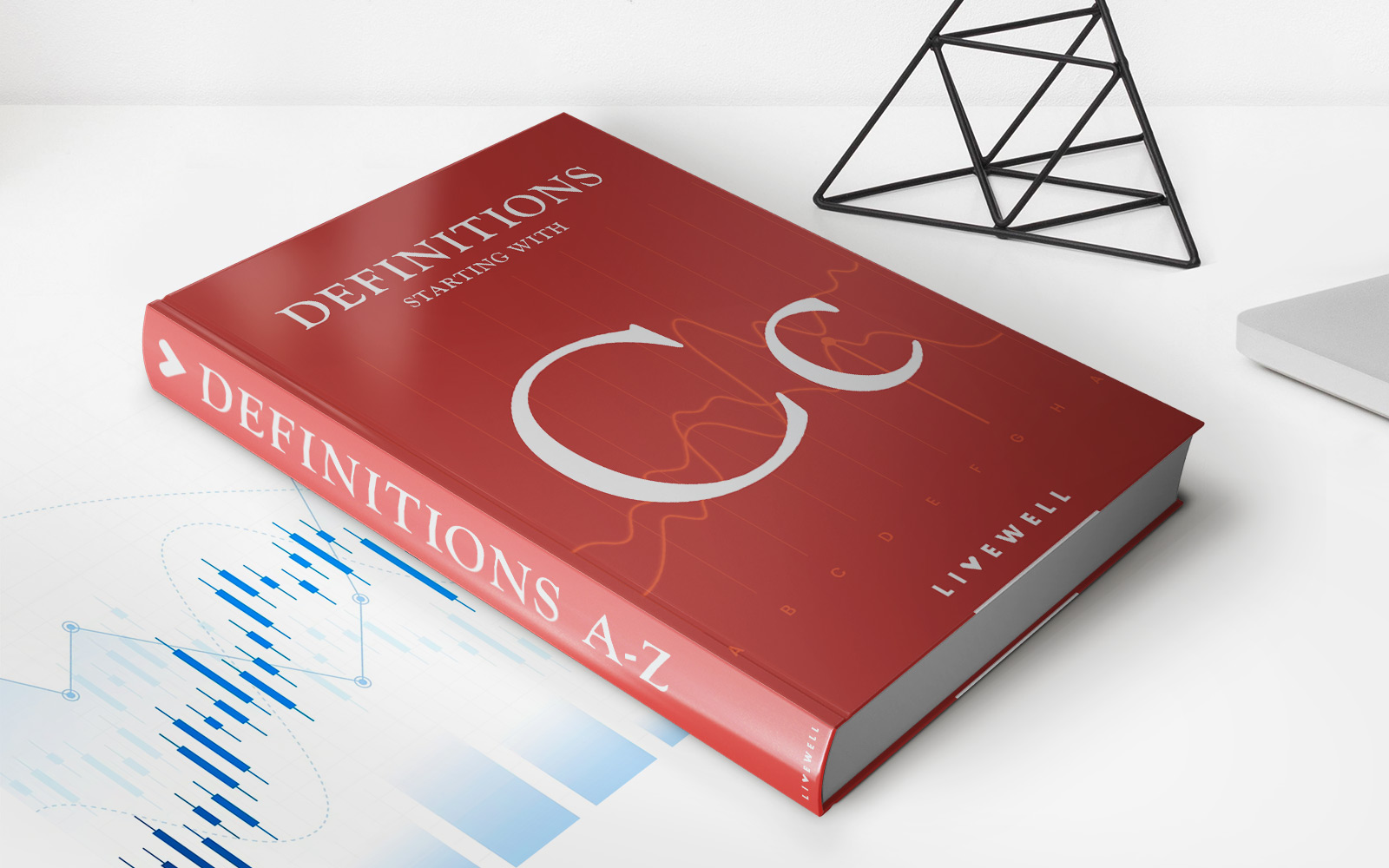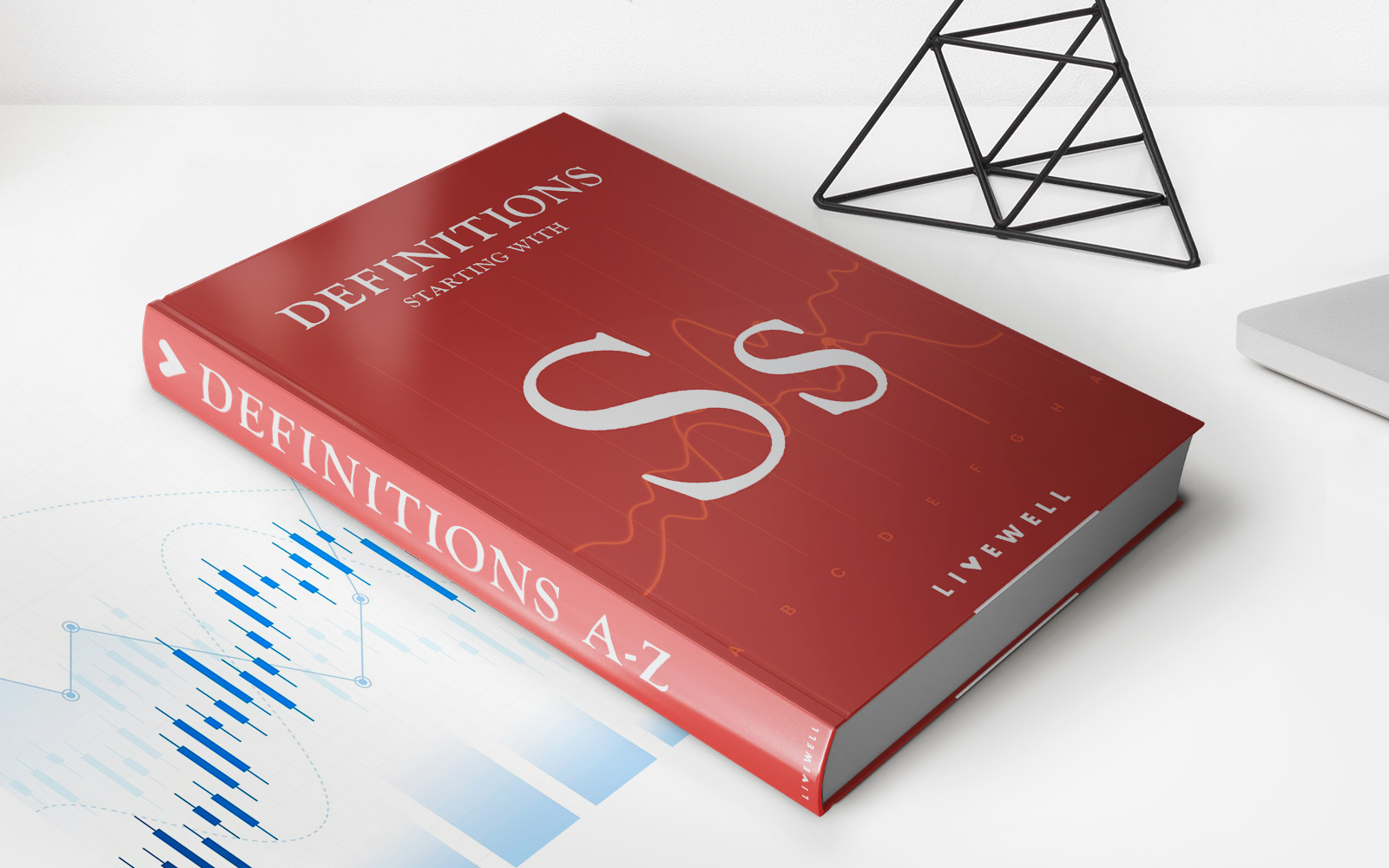

Finance
Stamp Duty Land Tax (SDLT) Definition
Published: February 1, 2024
Learn about Stamp Duty Land Tax (SDLT) in our comprehensive finance guide. Understand its definition and impact on property transactions.
(Many of the links in this article redirect to a specific reviewed product. Your purchase of these products through affiliate links helps to generate commission for LiveWell, at no extra cost. Learn more)
Understanding Stamp Duty Land Tax (SDLT): A Comprehensive Guide
Welcome to our FINANCE category! In this blog post, we will dive deep into the world of Stamp Duty Land Tax (SDLT). Whether you’re a first-time homebuyer or a seasoned property investor, understanding SDLT is crucial to navigating the complex world of real estate transactions in the UK. So let’s get started and demystify what SDLT is all about!
Key Takeaways:
- Stamp Duty Land Tax (SDLT) is a tax levied on property transactions in the UK.
- SDLT rates depend on the purchase price of the property and the buyer’s circumstances.
What is Stamp Duty Land Tax (SDLT)?
When it comes to purchasing property in the UK, one cannot overlook the importance of Stamp Duty Land Tax (SDLT). SDLT is a tax imposed by the government on property transactions, including buying and leasing land or property.
SDLT rates vary based on the purchase price of the property and the buyer’s circumstances. The tax is usually paid by the buyer, and the amount owed is due within 14 days of completion on the purchase of the property.
How is SDLT Calculated?
The calculation of SDLT can be complex, as it depends on various factors. Let’s break it down:
- Purchase Price: The main determinant of SDLT is the purchase price of the property. SDLT rates are applied on different bands of the purchase price, with higher rates for more expensive properties.
- First-Time Buyer Relief: First-time buyers may be eligible for SDLT relief or exemptions on properties below a certain value.
- Additional Properties: If you already own a property and are purchasing an additional one, higher SDLT rates may apply.
It is important to note that SDLT rates are subject to change, so it’s always advisable to check the latest rates published by HM Revenue and Customs (HMRC) or consult with a professional, such as a conveyancer or tax advisor.
How to Pay SDLT?
SDLT is typically paid by the buyer or their solicitor, who is responsible for filing an SDLT return and making the payment to HMRC. Failure to pay the tax on time can result in penalties and interest charges.
It’s essential to understand that SDLT is separate from other home buying costs, such as legal fees, survey fees, and mortgage arrangement fees. These additional costs should also be considered when budgeting for a property purchase.
Conclusion
Stamp Duty Land Tax (SDLT) is an important aspect of the home buying process in the UK. Understanding SDLT rates, calculations, and payment procedures is crucial for both buyers and sellers to ensure compliance with tax regulations and avoid any unnecessary penalties or delays in property transactions.
We hope this guide has shed some light on SDLT and provided you with valuable insights. Remember, when it comes to taxes, it’s always a good idea to seek professional advice for your specific circumstances. Happy property hunting!
Key Takeaways:
- Stamp Duty Land Tax (SDLT) is a tax levied on property transactions in the UK.
- SDLT rates depend on the purchase price of the property and the buyer’s circumstances.
